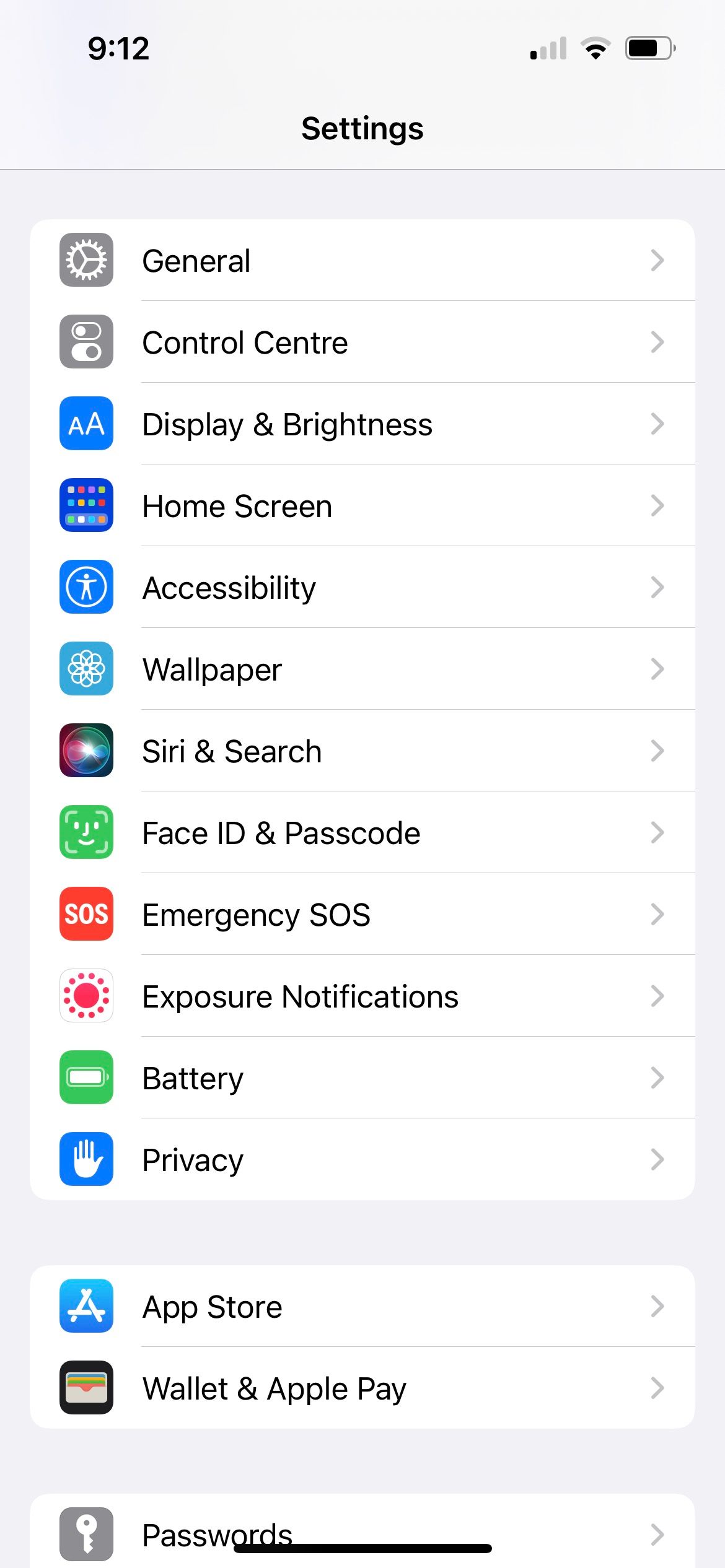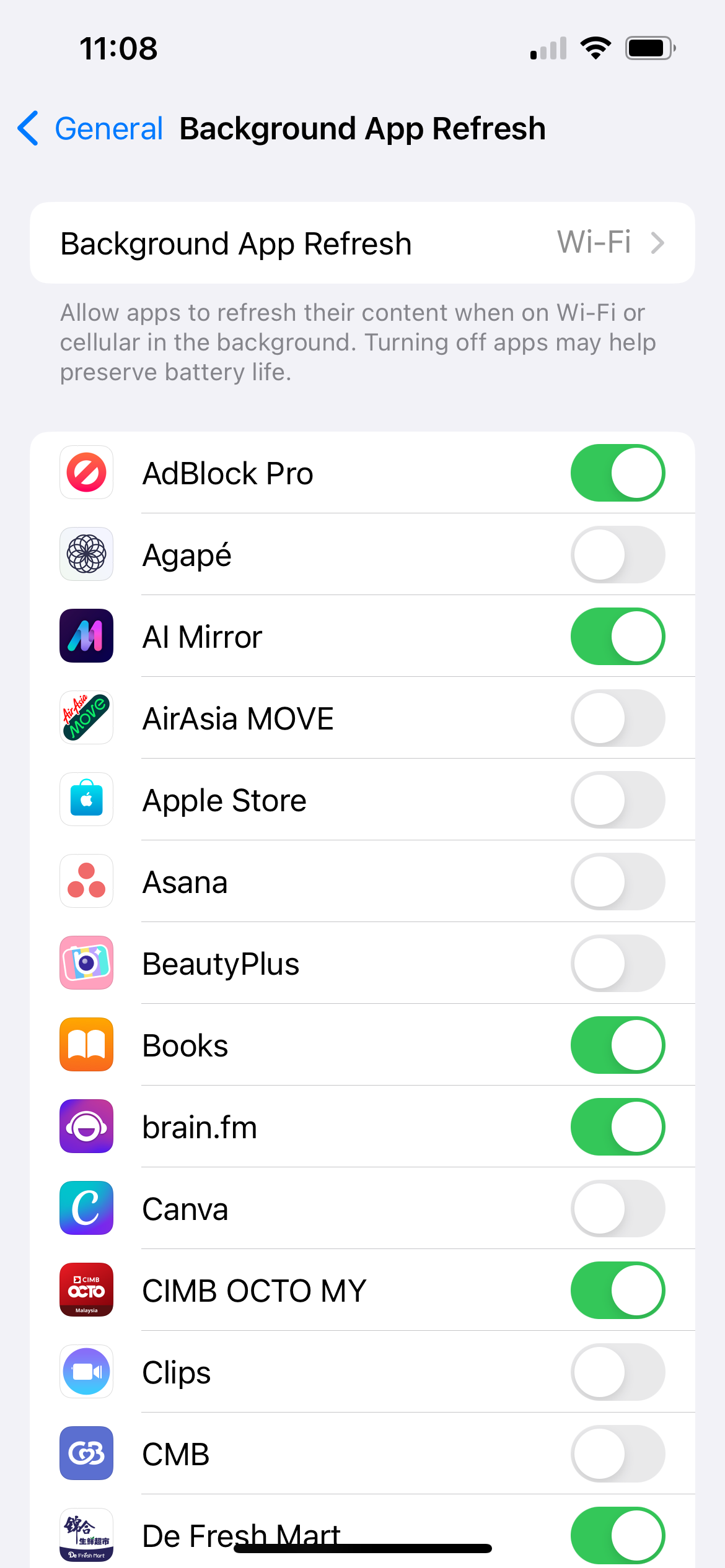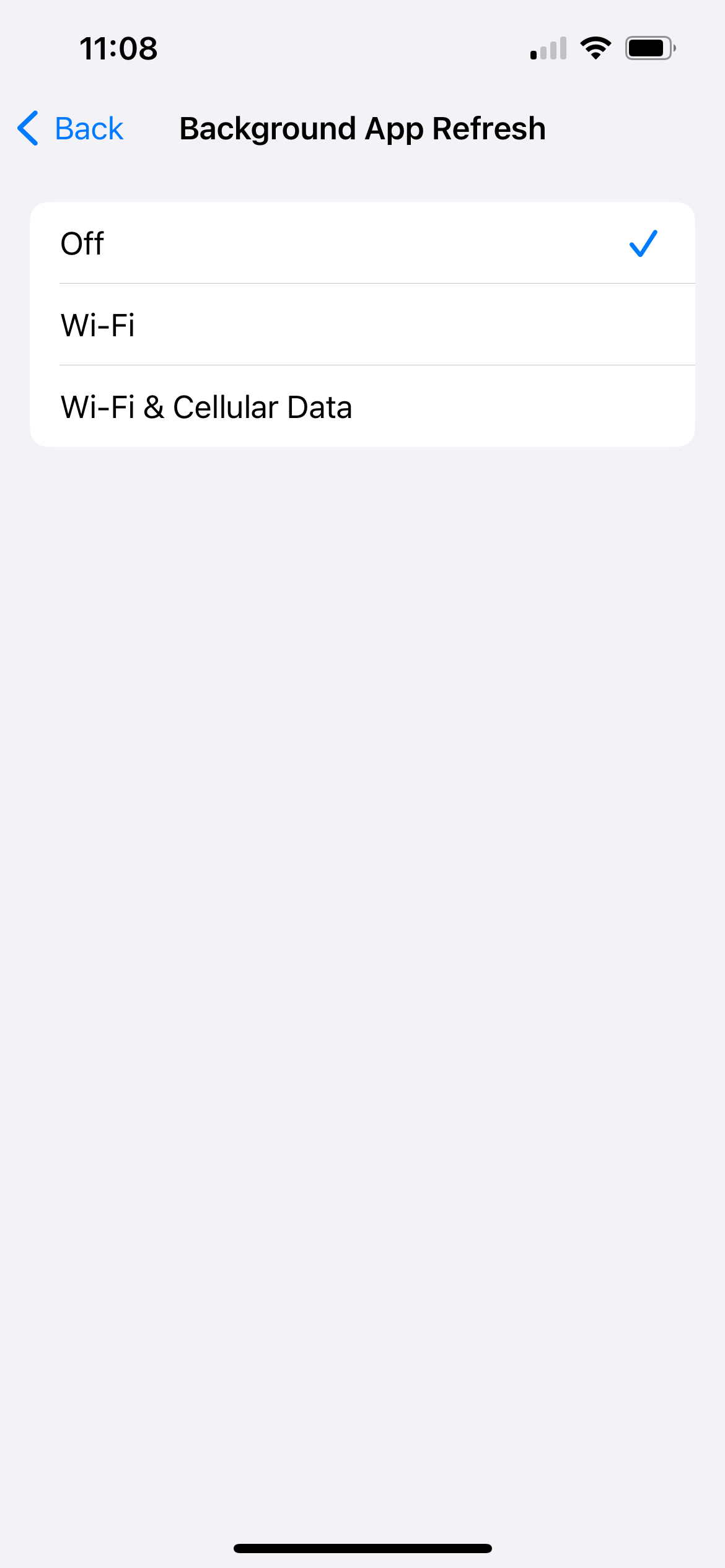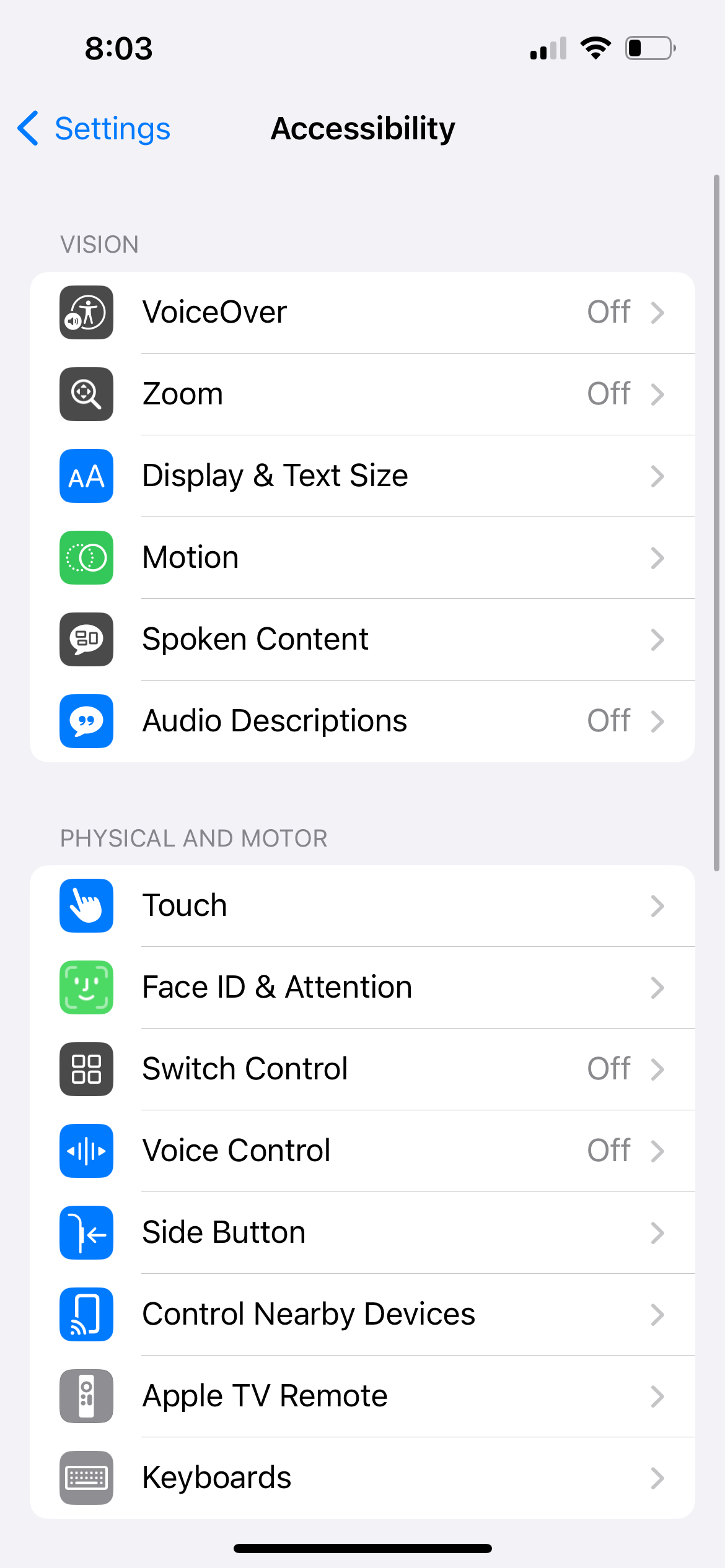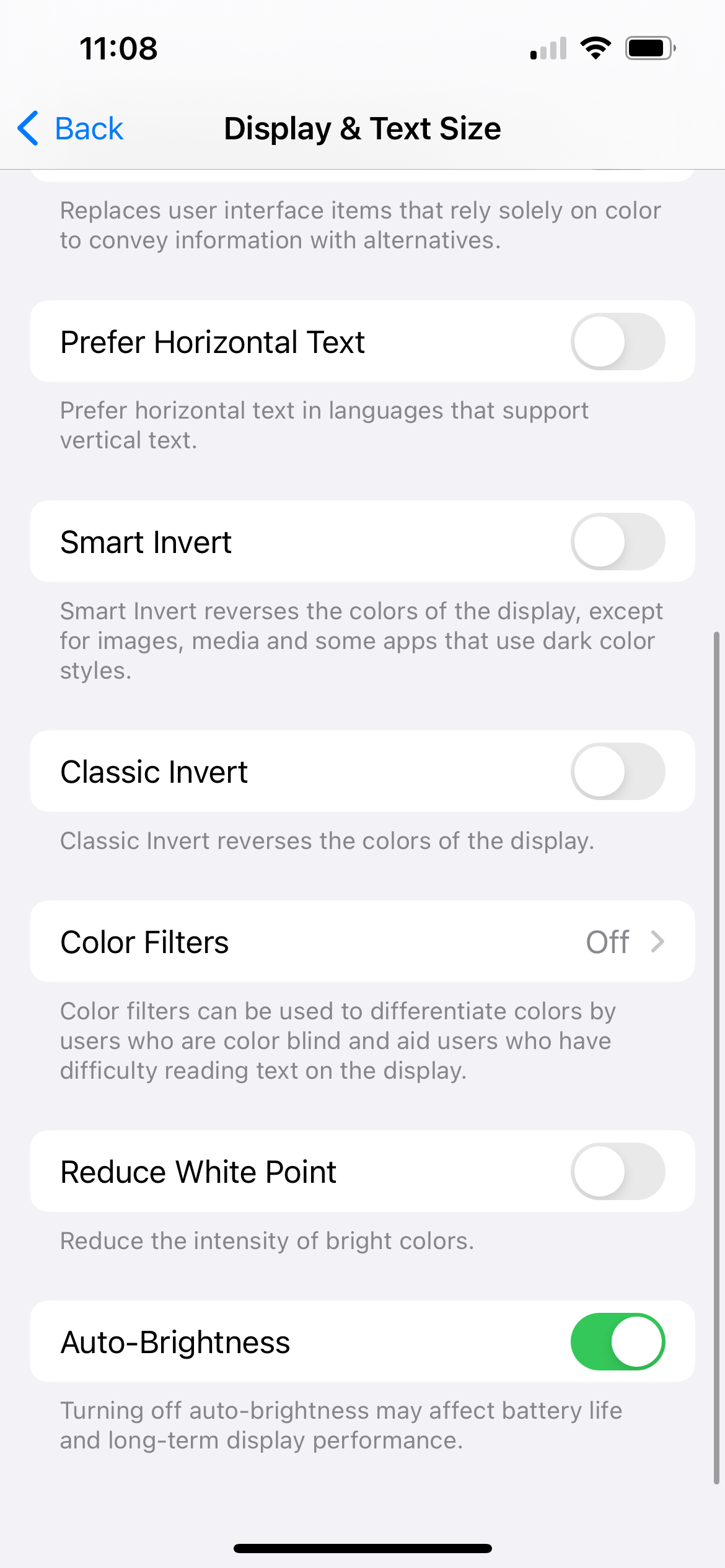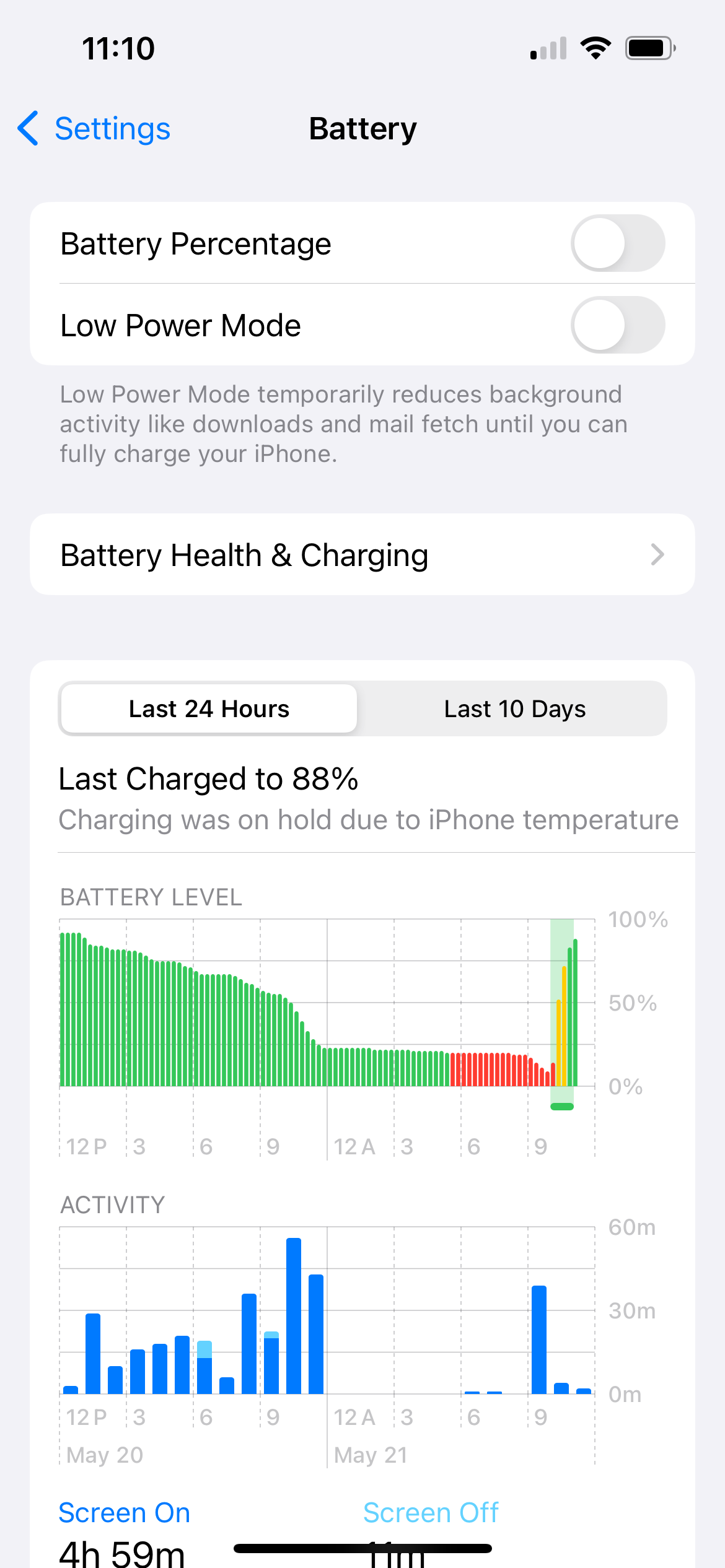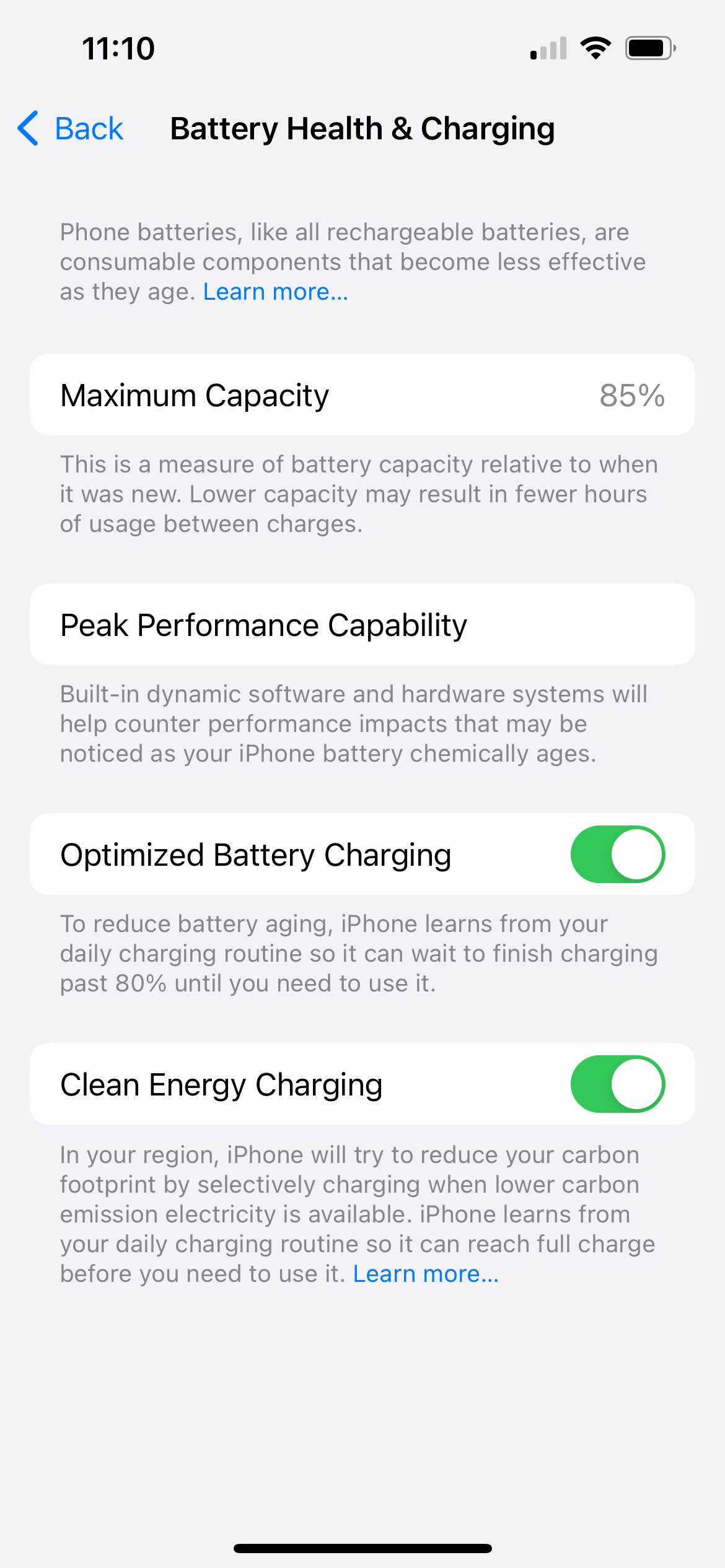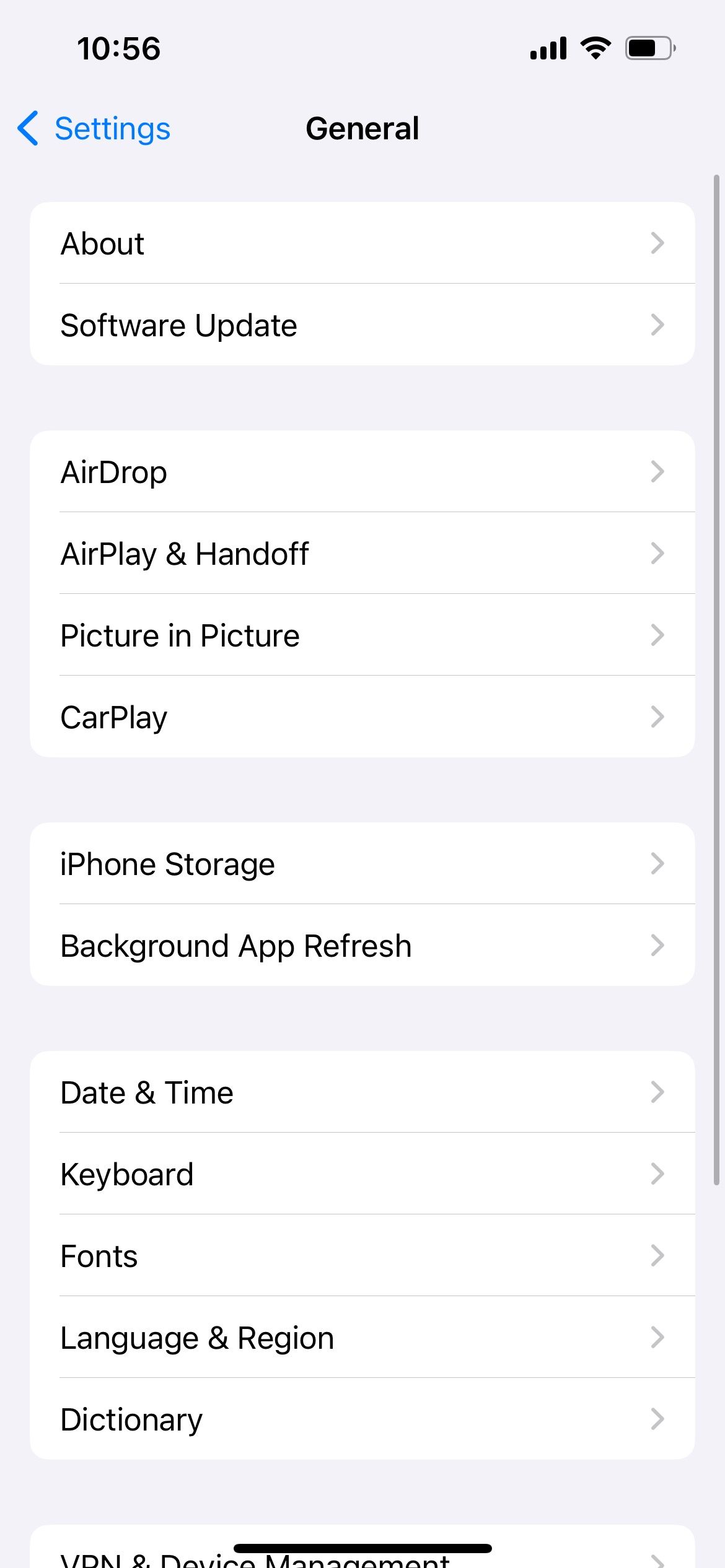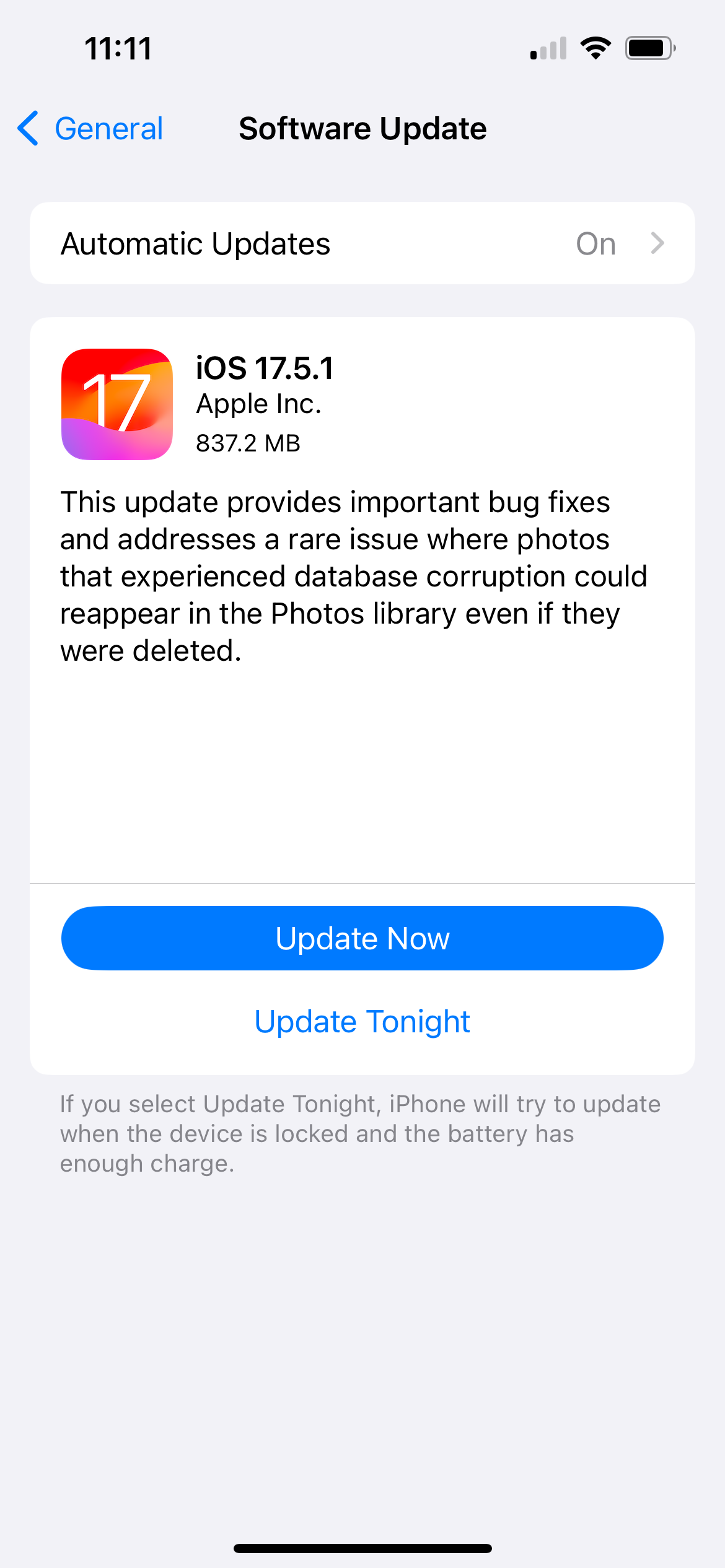10 Methods to Preserve the Battery Health of Your iPhone
Maximize Your iPhone’s Battery Life: 10 Proven Tips
The lithium-ion batteries found in iPhones naturally degrade over time with use. To ensure your iPhone’s battery lasts as long as possible, it’s crucial to maintain its health. This article will provide ten practical tips to slow down battery degradation and extend your iPhone’s lifespan.
1 Minimize Charge Cycles for Optimal Battery Health
According to Apple, iPhones retain up to 80% of their initial battery capacity after approximately 500 charge cycles. A charge cycle occurs when you fully deplete the battery. For example, using 50% yesterday and another 50% today constitutes a complete cycle.
Therefore, minimizing battery usage leads to fewer charge cycles, prolonging your iPhone’s battery life. You can check your iPhone’s battery cycle count without needing an app.
Additionally, keeping your device fully charged or completely drained can negatively impact battery health. Aim to maintain your iPhone’s battery level between 40% and 80% for optimal performance and longevity.
2 Disable Unnecessary Features to Conserve Battery Power
To reduce charge cycles and preserve your iPhone’s battery health, disable any features you don’t regularly use. For instance, consider turning off power-hungry features like Background App Refresh. To do this, navigate to Settings > General > Background App Refresh > Background App Refresh > Off.
For further battery life optimization, you can disable the always-on display (if your iPhone has this feature) and enable automatic brightness. This allows your iPhone to adjust screen brightness based on ambient light conditions.
To enable automatic brightness, go to Settings > Accessibility > Display & Text Size and toggle on Auto-Brightness.
3 Avoid Prolonged Battery Depletion for Longevity

Lithium-ion batteries have a limited lifespan. To ensure your iPhone’s battery remains healthy, avoid letting it completely die. When a battery cell depletes and remains in that state for an extended period, it can enter a deep discharge state and become permanently damaged.
Fortunately, iPhone batteries retain some reserve charge even when powered off, mitigating this issue. However, if your iPhone does die, recharge it as soon as possible. To prevent complete battery depletion, utilize your iPhone’s Low Power mode when the battery reaches 20% or lower, allowing you to reach an outlet.
4 Avoid Overnight Charging to Prevent Overcharging
While overnight charging is convenient, it can be detrimental to your iPhone’s battery health. Overcharging can damage the battery and shorten its lifespan.
Frequent overcharging stresses the battery cells by forcing more current into already full cells than they can handle. This can lead to reduced battery capacity and performance. Additionally, leaving your iPhone at 100% charge for extended periods is also detrimental to its health.
Luckily, iOS has an Optimized Battery Charging feature to help mitigate these issues. To enable it, go to Settings > Battery > Battery Health & Charging and toggle on Optimized Battery Charging.
By charging your phone at roughly the same time each day, your iPhone learns this pattern and avoids charging to 100% until you need it. This helps prevent overcharging and prolongs battery life.
5 Avoid Simultaneous Charging and Usage for Battery Health
While checking messages and browsing social media while charging your iPhone is harmless, avoid extended gaming sessions during charging.
Multiplayer games, in particular, can cause your iPhone to overheat. Charging while playing these games exacerbates the issue and negatively affects your iPhone’s battery health.
Plan ahead and charge your device sufficiently before engaging in demanding tasks to avoid simultaneous charging and heavy usage. This approach protects your battery and prevents discomfort from using a hot iPhone.
6 Use Only Official Apple Chargers for Optimal Compatibility

Many low-quality iPhone chargers are available on the market. While they might charge your device, they lack Apple’s certification, compromising compatibility and quality.
To ensure your safety and your iPhone’s battery health, use Apple MFi-certified accessories. This includes the best Lightning cables for charging your iPhone. MFi-certified accessories protect against power surges and short circuits, preventing potential injury and damage to your iPhone’s internal components, including the battery.
7 Protect Your iPhone from Extreme Temperatures for Battery Longevity
Shielding your iPhone from extreme temperatures helps prevent battery damage and ensures a longer lifespan.
Extreme cold can shorten battery life, hindering its ability to hold charges or even causing it to stop working entirely. On the other hand, extreme heat can permanently disable certain phone features, leading to cracks in the device itself and impacting overall battery performance.
8 Invest in a Protective Case to Prevent Physical Damage

Despite the iPhone’s durable Ceramic Shield, it’s always better to be safe and use a protective case. Repeated impacts on hard surfaces can lead to internal component damage, ultimately affecting your iPhone’s battery health.
Furthermore, dust and dirt accumulation on battery contacts can shorten battery life. Using a case can protect your iPhone’s ports, preventing debris from entering the device.
Investing in a quality iPhone case not only protects your iPhone’s battery but also safeguards it from broken screens and water damage. Ensure the case isn’t too snug, as it can cause overheating and negatively impact battery health. Remove your case while charging your device to prevent this issue.
9 Update to the Latest iOS Version for Battery Optimization
Keeping your iPhone’s software up-to-date helps maintain battery health. Software updates improve speed, performance, and often include new battery-saving features.
For example, Screen Time, introduced in a recent update, allows users to track device usage and identify apps that consume the most battery. This information helps users adjust their habits to reduce excessive phone use.
To check for available updates, go to Settings > General > Software Update.
10 Charge to 50 Percent Before Storing Your iPhone

When storing an iPhone, charge it to 50% and power it off to prevent battery consumption. This is an eco-friendly way to avoid e-waste and maintain the battery’s health for future use.
If you won’t be using or charging your iPhone for an extended period, recharge it to 50% every six months.
While it’s impossible to completely prevent battery degradation, following these tips can significantly prolong your iPhone’s battery lifespan. This not only ensures a longer-lasting device but also eliminates slowdowns, app crashes, and other performance issues.
If your iPhone’s battery is already compromised, consider replacing the battery instead of purchasing a new iPhone entirely. By implementing these practices, you can maximize your iPhone’s battery life and enjoy its performance for years to come.
These ten tips are just a starting point for extending your iPhone’s battery life. With careful attention to charging habits, software updates, and environmental factors, you can keep your iPhone running smoothly for years to come.
